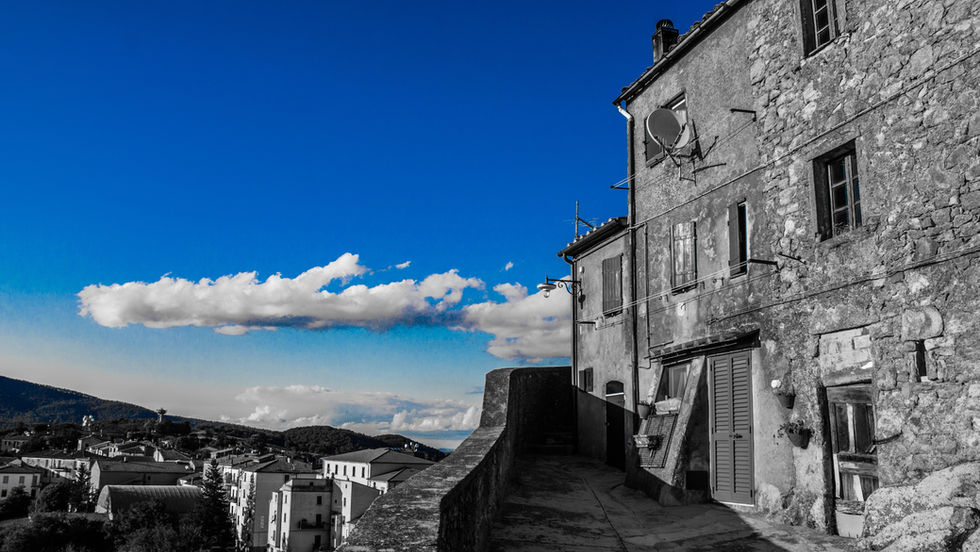TUSCANY - ITALY
“Uncontaminated time traveling.
On our first trip to Tuscany we reached our rental house, in the Chianti countryside, late in the day. We found ourselves driving a dark, long and rough country road up a hill, definitely questioning whether we were in the right location. And then we came to a full stop, allowing a family of wild boars to continue their evening stroll. Once far enough, I got off the car and pushed the gate open…
Tuscan history spans from the Etruscans, to the Romans, through medieval age, the renaissance, the modern era and all the way to contemporary times. The countryside though, seems to prefer the medieval age. Here villages are built on top of narrow and steep hills, not on the much friendlier valley ground. The unchanged high wall fences, rock based construction and wrought iron are still very visible and tangible, giving a realistic feel of how life carried between the 10th and 16th century.
Time is thought of differently, the last few hundred years are considered “recently”, “old” means between 5 centuries to 1000 years ago. As such, traditions are still very actual. People cherish the memory of local history. Both young and old generations feel a strong tie between their past, the land and their identity.
The soil rich in mineral resources, the climate characterized by significantly different seasonal temperatures and the low-altitude hills, allowing trees to long sun exposure, are the fundamentals behind wine grape production. Add centuries of wine making passion, to the point that wine tasting is thought of as a serious matter at the base of personal pride, not as a venue to social faring, and you get a sense of what has contributed to the world-wide fame of Italian wines.
We will not delve into Tuscan wines though. We need to find out what grapes and passion have resulted into when looking for higher alcohol content. That is why we came here to discover local grape brandy... or as locals call it "Grappa".
Alessandro























